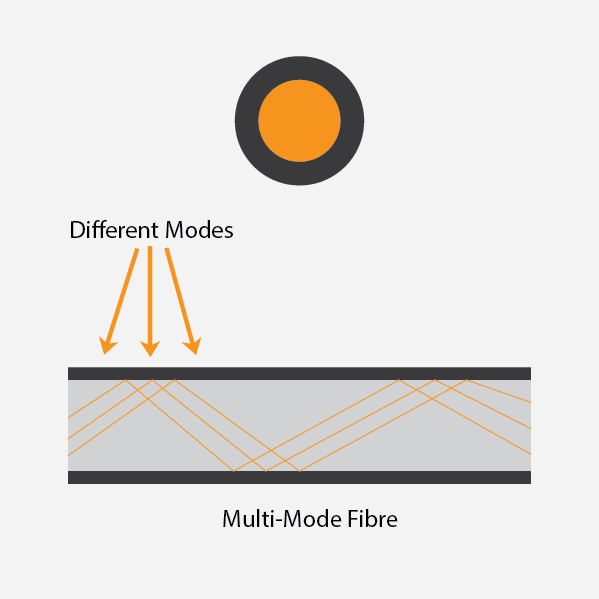Fibre Optic Cabling
Fibre optic cabling installations offer many advantages over those using traditional copper cables, so should be considered when you are planning a new network cable installation or an upgrade.
We trial and test to your satisfaction to ensure we’ve met your specifications.
Telephone: +64226317060.
FAQs
What is fibre optics?
Communications through modified light directed by a clear optical fibre are referred to as “fibre optics.” As a relatively new technology, the terminology used by users might vary greatly. In the United Kingdom, its fibre optics, occasionally fibreoptics or fibreoptics (as one word). Within the industry, we normally use the term “fibre” to refer to the optical fibre itself, however some people use it to refer to an optical fibre cable.
What is fibre splicing?
Do signals really travel faster in fibre optics?
What are some of the commercial applications of fibre optic cabling?
Will “intelligent buildings” transport voice/data/video throughout the structure using fibre optics or copper wiring?
What type of fibre is required to run at gigabit speed?
Fibre Optic Installations
We meet your needs.
No two network and cabling systems are built the same. Our engineers at Data Cable Installation will evaluate your environment in order to understand and tailor your needs to allow us to recommend the best future-proof solution. Catering from small start-ups, to bustling London corporations, when we’re helping you choose the right installation for your infrastructure, we will take into account:
- Distance
- Bandwidth requirements
- Supporting hardware
- Environment

Why You Should Install Fibre Optics
More Bandwidth
The main benefit of a fibre optic connection is that it offers noticeably better performance in terms of bandwidth. Any other cable-based communication method cannot compare to the amount of data that may be sent.
Greater Distance
Lightweight & Thin
Superior Carrying Capacity
Less Interference
Types Of Fibre Optic
There are two main types of fibre optic cabling:


Single Mode Fibre Cables
Positive → Far greater distance than multi-mode up to 10Km
Negative → Media converters more expensive
OS1 → More for indoor use (less restriction on bend radius) – 10Gb up to 2Km
OS2 → Long hauls – 10Gb 80Km with suitable transceiver or several 1000 Km with light amplifiers
Businesses who have trusted us with their network cabling
Our Multi Mode Fibre Optic Cabling Services
Multi mode fibre cables are used for Local Area Networks (LAN) where the network links can be up to 2,000 meters. They have a graded index profile to reduce the dispersion of the signal during the transmission.
Multi mode fibre cables
OM1 → Older specification – 1Gb up to 300 metres
OM2 → Not generally used for modern installations – 1Gb up to 600 metres
OM3 → 10Gb up to 300 metres – 40Gb to 100Gb up to 100 metres
OM4 → 10Gb up to 550 metres – 100Gb up to 150 metres
